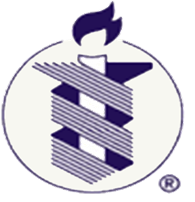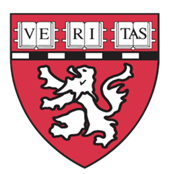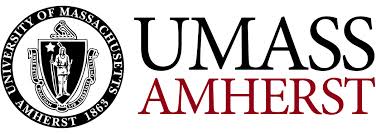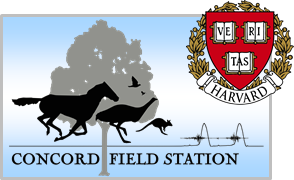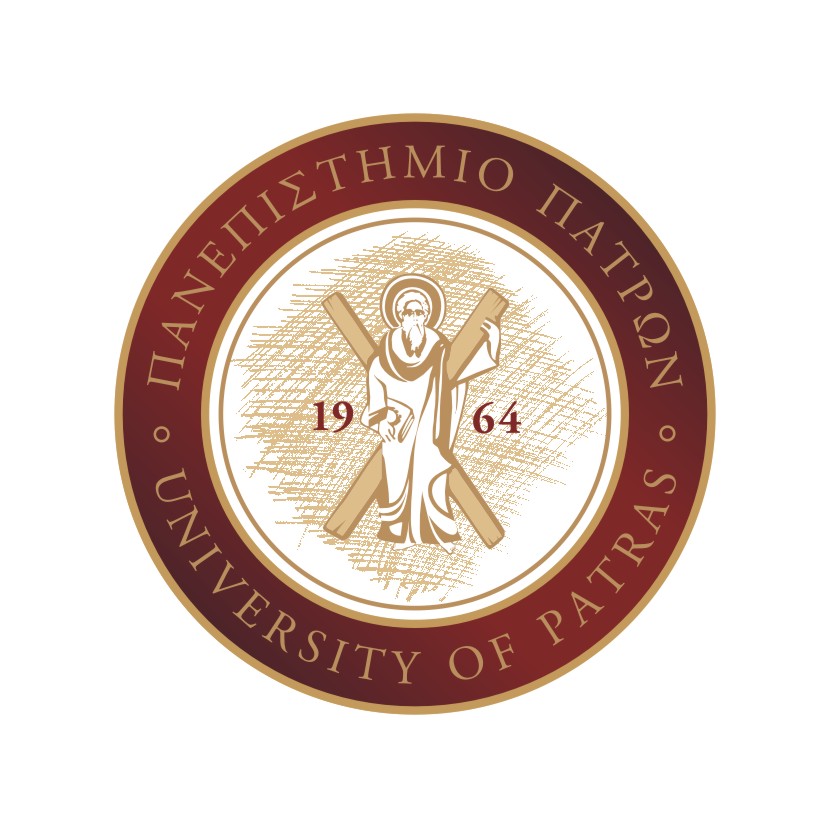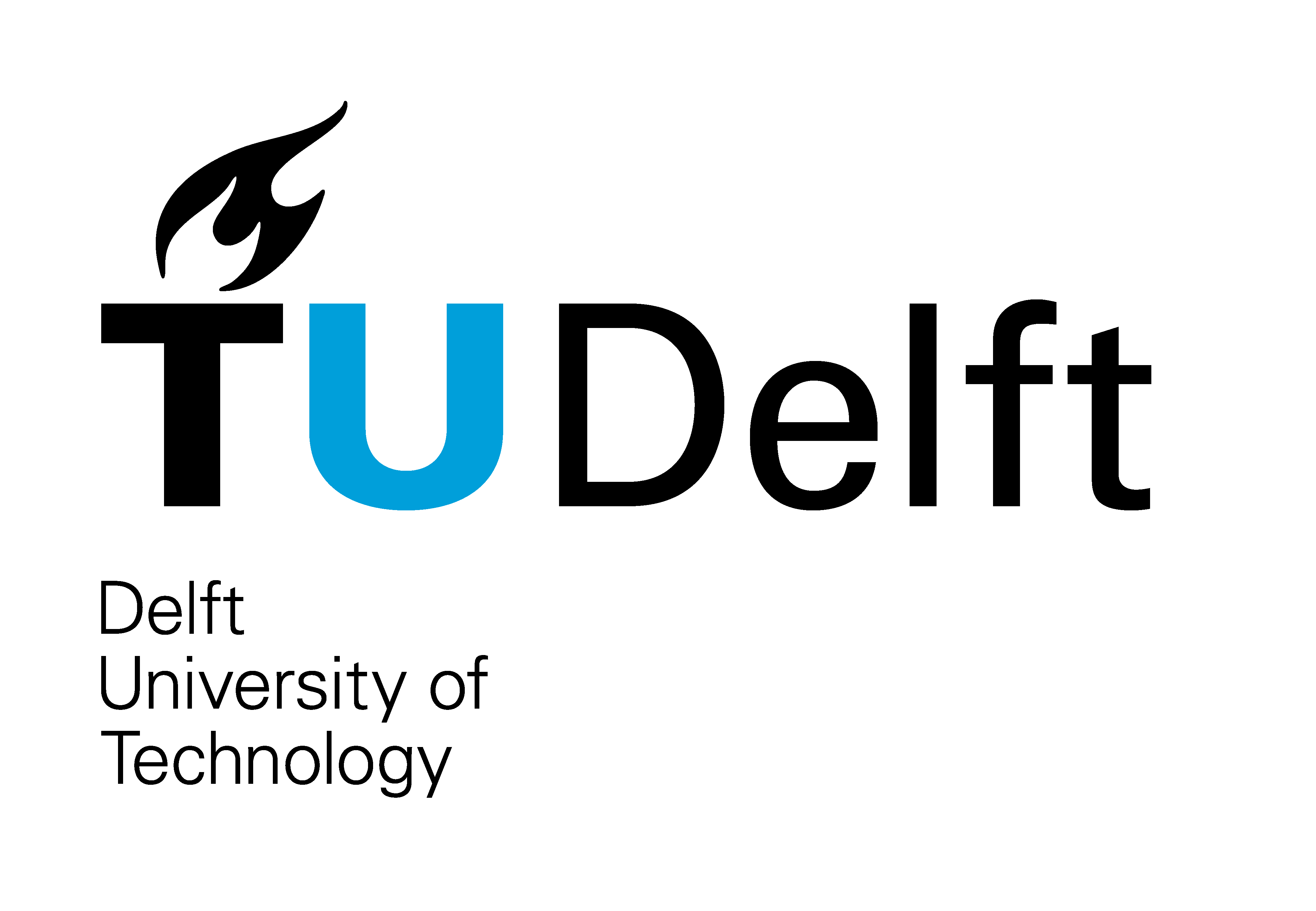Just as interactive graphics have enhanced engineering analysis and design, graphics-based musculoskeletal models are effective tools for visualizing human movement, analyzing the functional capacity of muscles, and designing improved surgical procedures. The OpenSim team, along with researchers in the wider community, have created computer models of many different musculoskeletal structures. Learn more about these models below:
MODEL AUTHORS: Please feel free to update the model matrix with improved information. If you have an OpenSim model that you'd like to add to the list, please contact us at opensim@stanford.edu.
OpenSim Core Models
Models included with the OpenSim distribution and supported by the OpenSim team.
Model | Brief Description | Author(s) | Intended Uses and Known Limitations | License | Last Updated | Included Materials | Model Forerunners | |
|---|---|---|---|---|---|---|---|---|
gait2392_simbody Get the Model: Included with OpenSim Learn More: | Primarily lower extremity model with two legs and a lumped torso segment. Includes 23 degrees of freedom and 92 muscle-tendon actuators. | Ajay Seth, Darryl Thelen, Frank C. Anderson, Scott L. Delp | Simulating and analyzing human movement that is dominated by lower extremity muscles. Results may be inaccurate during motions with high degrees of knee flexion. The model can be used for both kinematics and dynamics analyses. | Creative Commons CCBBY 3.0 | Jul-13 | Walking data, example set-up files | Delp Leg Model (SIMM) | |
gait2354_simbody Get the Model: Included with OpenSim Learn More: | Primarily lower extremity model with two legs and a lumped torso segment. Includes 23 degrees of freedom and 54 muscle-tendon actuators. | Ajay Seth, Darryl Thelen, Frank C. Anderson, Scott L. Delp | Simulating and analyzing human movement that is dominated by lower extremity muscles. The model can be used for both kinematics and dynamics analyses.Results may be inaccurate during motions with high degrees of knee flexion. The number of muscles in the model was reduced to speed simulation time for education and initial simulation prototyping. The model is used in Tutorial 3 - Scaling, Inverse Kinematics, and Inverse Dynamics | Creative Commons CCBBY 3.0 | Jul-13 | Walking data, example set-up files, reference simulation results | gait2392_simbody.osim | |
gait10dof18musc Get the Model: Included with OpenSim | Trunk, pelvis and leg segments. 10 degrees of freedom, 18 muscles | Ajay Seth, Darryl Thelen, Frank C. Anderson, Scott L. Delp | This model is a simplified model focused on the lower extremity. It demonstrates the use of the new Millard muscles in OpenSim. It is intended for education, demonstration, and for initial prototyping of simulations when fast simulation times are needed. | Creative Commons CCBBY 3.0 | Jul-13 | Walking data, example set-up files, reference simulation results | gait2392_simbody.osim | |
leg6dof9musc Get the Model: Included with OpenSim | Single leg, pelvis, femur, tibia, foot. 6 Degrees of Freedom, 9 muscles | Ajay Seth, Darryl Thelen, Frank C. Anderson, Scott L. Delp | This model is a simplified model focused on the lower extremity. It demonstrates the use of the new Millard muscles in OpenSim. It is intended for use in examples, including The Strength of Simulation: Estimating Leg Muscle Forces in Stance and Swing | Creative Commons CCBBY 3.0 | Jul-13 | Walking data, example set-up files, reference simulation results | gait2392_simbody.osim | |
ToyLandingModel Get the Model: Included with OpenSim | Trunk, pelvis leg and AFO segments. 23 degrees of freedom, 34 muscles. AFO model can be provide bushing forces and stiffness properties | Ajay Seth, Matt DeMars, John Rogers, Scott L. Delp | This model is intended for education and demonstrations. It shows how to define contact surfaces and define an AFO and controllers as part of a model. See Simulation-Based Design to Prevent Ankle Injuries | Creative Commons CCBBY 3.0 | Jul-13 | Example set-up files and detailed instructions | gait2354_simbody.osim | |
Arm26 Get the Model: Included with OpenSim | A right upper extremity model with 2 degrees of freedom and 6 muscles | Jeff Reinbolt, Ajay Seth, Sam Hamner, Ayman Habib | This is a simplified model of the extremity, intended primarily for education and demonstrations. | Creative Commons CCBBY 3.0 | Jul-08 | Movement data, instructions for use, and example scripts | Stanford VA Upper Limb Model | |
Tug_of_War Get the Model: Included with OpenSim | Simple model with two muscles pulling on a 1-dof block for a simulated tug of war. Models that implement both Thelen and Millard muscle types are provided | The OpenSim team | Simulation for students to explore differential equations that describe muscle activation and muscle–tendon contraction dynamics of Hill-type muscle model. See Pulling Out the Stops: Designing a Muscle for a Tug-of-War Competition | Creative Commons CCBBY 3.0 | Jul-13 | Movement data and example set-up files | ||
wrist Get the Model: Included with OpenSim | A 10 degree of freedom, 23 muscle actuators, model of the lower arm. | Robert Gonzalez, Thomas Buchanan, Scott Delp | This is a simplified model of the wrist, intended primarily for education and demonstrations. See Tutorial 2 - Simulation and Analysis of a Tendon Transfer Surgery. | Creative Commons CCBBY 3.0 | Jul-08 | Movement data and instructions for use | ||
bouncing_block Get the Model: Included with OpenSim | Simulation of a block with a 'leg' like spring attached. | Matt Demers | Simple model for education and demonstrations showing how to define contact and bushings. | Creative Commons CCBBY 3.0 | Jul-13 | Example set-up files |
OpenSim Example Models
Additional models used in examples and tutorials not included with the OpenSim distribution. These models are also maintained by the OpenSim team at Stanford.
Model | Brief Description | Author(s) | Intended Uses and Known Limitations | License | Last Updated | Included Material | Model Forerunners | |
|---|---|---|---|---|---|---|---|---|
| A two body linkage system | Ajay Seth | Demonstrates how to analyze the trajectory of a point on a body. See /wiki/spaces/OpenSim/pages/53084282 | Creative Commons CCBBY 3.0 | Jul-13 | Example set-up and motion files | |||
| Model of a basic dynamic walker | Daniel Jacobs | Demonstrates how to build a dynamic walker, add many OpenSim model components, and run a simulation via Matlab scripting. See Dynamic Walking Challenge: Go the Distance! and Depreciated_CPP_From the Ground Up: Building a Passive Dynamic Walker Model | Creative Commons CCBBY 3.0 | Jul-13 | Example data and model building scripts | |||
| Modified gait2354 model for jumping simulations | Daniel Jacobs, Jeff Reinbolt, B.J. Fregly, Clay Anderson, Allison Arnold, Silvia Blemker, Darryl Thelen, and Scott Delp | Used to demonstrate dynamic optimization with OpenSim. The example additionally analyzes the effects of excitation signals on performance. See Sky High: Coordinating Muscles for Optimal Jump Performance | Creative Commons CCBBY 3.0 | Jul-13 | Example controls and motion data | gait2354_simbody.osim | ||
SeperateLegs | Two legs. 17 Degrees of freedom, 24 muscles | Scott L. Delp | This model was used in Tutorial 1 prior to OpenSim 3.2. As of OpenSim 3.2 it is no longer distributed and supported. | Creative Commons CCBBY 3.0 | Jul-13 | Walking data | Delp Leg Model (SIMM) | |
BothLegs | Trunk, pelvis and leg segments. 10 degrees of freedom, 18 muscles | Scott L. Delp | This model was used in Tutorial 1 prior to OpenSim 3.2. As of OpenSim 3.2 it is no longer distributed and supported. | Creative Commons CCBBY 3.0 | Jul-13 | Walking data | Delp Leg Model (SIMM) |
User-Contributed Models
Models contributed by members of the OpenSim community. These models are developed and maintained by the authors listed, NOT the Stanford OpenSim team.
Model | Brief Description | Author(s) | Intended Uses and Known Limitations | License | Updated | Included Material | Model Forerunners | |
|---|---|---|---|---|---|---|---|---|
| Upper Extremity Dynamic Model | A right upper extremity dynamic model representing the anthropometry and force-generating capacity of the 50th percentile male. | Katherine Saul, Xiao Hu, Craig Goehler Meghan Vidt, Melissa Daly, Anca Velisar, Wendy Murray | Research-grade kinematics and dynamic simulation of shoulder and arm movement. | MIT | July2014 | Detailed description of the model, two versions of the model (OpenSim and SIMM/SDFast compatible) | Stanford VA Upper Limb Model | |
Learn More: | Lower limb model with updated musculoskeletal geometry for the lower limb based on experimental measurements of muscle architecture in 21 cadavers. | Edith Arnold, Richard Lieber, Scott Ward, Scott Delp | Research-grade kinematics analysis, and simulation of 3-D locomotion and other movements. Results may be inaccurate during motions with high degrees of knee flexion. The model can be used for dynamics analyses, but computation speed will be slow due to the large number of wrapping surfaces. | Custom | Sep-11 | Detailed description of model and adequate instructions for use. Custom Matlab code for generating SIMM muscle model. | Arnoldetal2010_2Legsv2.1.osim, Arnoldetal2009OneLeg (SIMM) Delp leg Model (SIMM) | |
Learn More: | Legs, trunk and arm segments (with inertial properties). 37 degrees of freedom, 30 muscles of the lower body, torque actuated arms | Sam Hamner, Ajay Seth, Scott Delp | Research-grade kinematics analysis, dynamic analysis, and simulation of 3-D locomotion and other movements. Knee joint load estimates are known to be inaccurate during motions with high degrees of knee flexion. The upper body is simplified (minimal muscle actuation and torque-actuated arms). | Custom. See the model's Simtk project page. | Jul-10 | Detailed description of model and detailed instructions for use. | gait2392_simbody.osim | |
| Upper and Lower Body Model | Combination of the Delp Leg Model and Holzbaur Upper Limb Model | Andrea Menegolo | Provide a starting model to those interested in a full body model. | none | Sep-11 | Model and brief description | Delp Leg Model, Stanford VA upper limb Model | |
| London Lower Limb model | Unilateral lower limb model based on the data set published by Klein Horsman et al., Clin Biomech, 2007. Includes pelvis and right leg bodies (with inertia) and 38 muscles (represented as 163 muscle actuators) | Luca Modenese, Andrew Phillips | Lower limb model implemented to estimate the contact forces occurring at the hip joint during activities of daily living. The model can be used for static optimization simulations without including the muscle force-length-velocity relation. | Creative Commons CCBBY 3.0 | Jul-11 | Description and adequate instructional material. | ||
| Custom Hip Model | Model based on Gait2392, Lower and trunk bodies (with inertia), updated muscle parameters matching previously published research. | Kevin Shelburne | Research on motion and muscle function at the hip joint. Can be used for dynamics analysis | Creative Commons CCBBY 3.0 | Aug-10 | Instructional material | Gait2392_simbody | |
| Thoracolumbar spine and rib cage. | Male and female versions of fully articulated thoracolumbar spine (T1 through L5) and rib cage, plus pelvis, lumped head and neck, and upper extremities, includes 93 degrees of freedom, and 552 muscle-tendon actuators. | Alexander Bruno, Dennis Anderson, Mary Bouxsein, Hossein Mokhtarzadeh, Katelyn Burkhart. | The model is validated for determining estimations of spine loading and muscle activations via Static Optimization. | MIT | July-2017 | Models, geometry files, example motion file, description of differences between male and female models. | Lumbar Spine Model, Neck Mechanics Model, Stanford VA upper limb model | |
| Lumbar Spine Model | Lumbar bodies and torso containing 3Dof and 238 muscle fascicles. | Miguel Christophy, Nur Adila Faruk Senan, Moe Curtin | Research-grade kinematics analysis, and simulation. Due to no inertial properties for the bodies, this model is inappropriate for dynamics analysis. Only LumbarSpineC4 is usable in OpenSim 3.1. | Creative Commons CCBBY 3.0 | Nov-10 | Geometry, examples, editing instructions and Matlab code. | LumbarSpineC210, LumbarSpineC4 | |
| Rat Hindlimb Model | A rat hindlimb musculoskeletal model including geometry (with interia) and muscle physiology. | Will Johnson | Research on Rat musculoskeletal kinematics and muscle function | Commons CCBBY 3.0 | Jan-09 | |||
| Chimpanzee Hindlimb | A unilateral three dimensional musculoskeletal model of the chimpanzee pelvis and hind limb. | Brian Umberger, Mathew O'Neill, Leng-Feng Lee | Model used to estimate the force- and moment-generating capacity of the major pelvis and hind limb muscles in the chimpanzee. | MIT license | Nov- 13 | Model, Geometry files. | ||
| Full Upper and Lower Body Model | A refined human musculoskeletal model suitable for analysing movements involving substantial hip and knee flexion such as cycling, sprinting and rowing. | Adrian Lai, Allison Arnold, James Wakeling | The model was generated when we encountered anomalous co-activation in the hip and knee flexors during muscle-driven simulations of pedaling due primarily to excessive passive fibre forces in the extensor muscles. | MIT license | Oct-17 | Three models (lower limb only, torso, torso + arms), Geometry files | Rajagopal2015 | |
| Oculomotor Model | A biomechanical model of the human eye containing 3 degrees-of-freedom and 6 muscles. The muscle activation patterns of saccadic movements are calculated using a closed-loop fixation controller. | Konstantinos Filip, Dimitar Stanev, Konstantinos Moustakas | Research-grade kinematics and dynamics analysis, investigation of muscle activation patterns during saccadic movements and static fixation, simulation of eye disorders. The model is based only on the passive and not the active pulley hypothesis. | Creative Commons CC BY 4.0 | Apr-20 | Models, geometry and texture files, detailed documentation, | ||
| Kinematic Arm Model with Articulated Hand | A right upper extremity kinematic model adapted from the “Upper Extremity Dynamic Model” with 20 degrees of freedom added to the hand. The model is scaled to a 50th percentile human being. | Matthew Yough, Russell Hardesty, Sergiy Yakovenko, Valeriya Gritsenko | Research-grade kinematics of shoulder, arm, and hand movement. The model contains no muscles. | None | Oct-21 | Model, geometry files, and description of the model and its uses. | Saul et al. 2015: Upper Extremity Dynamic Model |
SIMM Models
Models contributed by members of the SIMM community as SimTK projects. These models are maintained by the authors listed.
Model(s) name | Brief Description | Author(s) | Intended Uses and Known Limitations | License | Updated | Included Material | Model Forerunners | |
|---|---|---|---|---|---|---|---|---|
| Delp Leg Model | A lower extremity model containing 7 segments and 7 degrees-of-freedom. Muscle lines of action for 43 muscle-tendon actuators are based on their anatomical relationships to three-dimensional surface representations of bones.. | Scott Delp | Research-grade kinematics analysis, dynamic analysis, and simulation of 3-D lower limb motion. Inappropriate for dynamics analysis as bodies are massless. Due to no inertial properties for the bodies, this model is inappropriate for dynamics analysis. | Creative Commons CCBBY 3.0 | Jul-08 | Example data and instructions | ||
| This model updates the single leg Delp et al. (1990) model with validated muscle architecture, fiber length and tendon relationships, wrapping points and joint definitions. One-Leg, 7 segment, 7 degree-of-freedom model of the pelvis, femur, patella, tibia, calcaneus, talus, and toes. | Edith Arnold, Richard Lieber, Scott ward, Scott L. Delp. | Research-grade kinematics analysis, dynamic analysis, and simulation of 3-D lower limb motion and muscle function | Creative Commons CCBBY 3.0 | Jul-08 | Detailed description of model and adequate instructions for use. Custom Matlab code for generating SIMM muscle model. | Delp leg Model (SIMM) | ||
| Deformable Femur Model | Femur model that can be altered to represent anteversion angles of 0-60°, neck-shaft angles of 110-150°, and/or neck lengths of 35-60 mm. The lesser trochanter torsion angle of the model can be adjusted by as much as 30° anteriorly or 10° posteriorly. | Alison Arnold, Scott Delp | Research of muscle-tendon lengths and moment arms of individuals with a wide range of abnormalities and femoral deformities | Creative Commons CCBBY 3.0 | Jul-08 | Delp leg Model (SIMM) | ||
| Stanford VA upper limb Model | A experimentally derived model of the right upper extremity representing the shoulder, elbow, forearm, wrist, thumb, and index finger, and 50 muscle compartments crossing these joints. | Katherine R Saul, Wendy M Murray, Scott Delp | Research-grade kinematics analysis of 3-D upper limb motion. Due to no inertial properties for the bodies, this model is inappropriate for dynamics analysis. | Creative Commons CCBBY 3.0 | Jul-08 | |||
| Neck Mechanics Model | Joint and muscle files for an updated version of the neck musculoskeletal biomechanical model of the 50th percentile male.C7 was replaced by a copy of C6 for more representative bone geometry, and related muscle attachments and joints were altered to better reflect the altered bone geometry. Multifidus muscles were added into the muscle files. | Anita Vasavada, Jessica Jahn, Liyang Zheng, Chiriac Marian | Kinematic research of head and neck motion. With specific applications for head movement control and injury mechanics. Due to no inertial properties of the bodies, this model is inappropriate for dynamics analysis. | Creative Commons CCBBY 3.0 | Feb-09 | neckjoints3dof (SIMM) | ||
| Wrist Model | Joint and muscle files for a 10 degree of freedom, 23 muscle, model of the lower arm. | Robert Gonzalez, Thomas Buchanan, Scott Delp | Kinematic Research and Education of wrist and hand motion. Due to no inertial properties this model is Inappropriate for dynamics analysis. | Creative Commons CCBBY 3.0 | Jul-08 | |||
| Delft Shoulder Model | Model derived from the Delft Shoulder and Elbow Model (DSEM). Used for the estimation of muscle and joint reaction forces in the shoulder and elbow complex. | Ed Chadwick, Frans Van der Helm, Dirkjan Veeger, Robert Kirsch.Dimitra Blana, Joirs Lambrecht | Model of the upper extremity that allows users to perform Kinematic and Dynamic analysis of movement. | Creative Commons CCBBY 3.0 | Mar-11 |
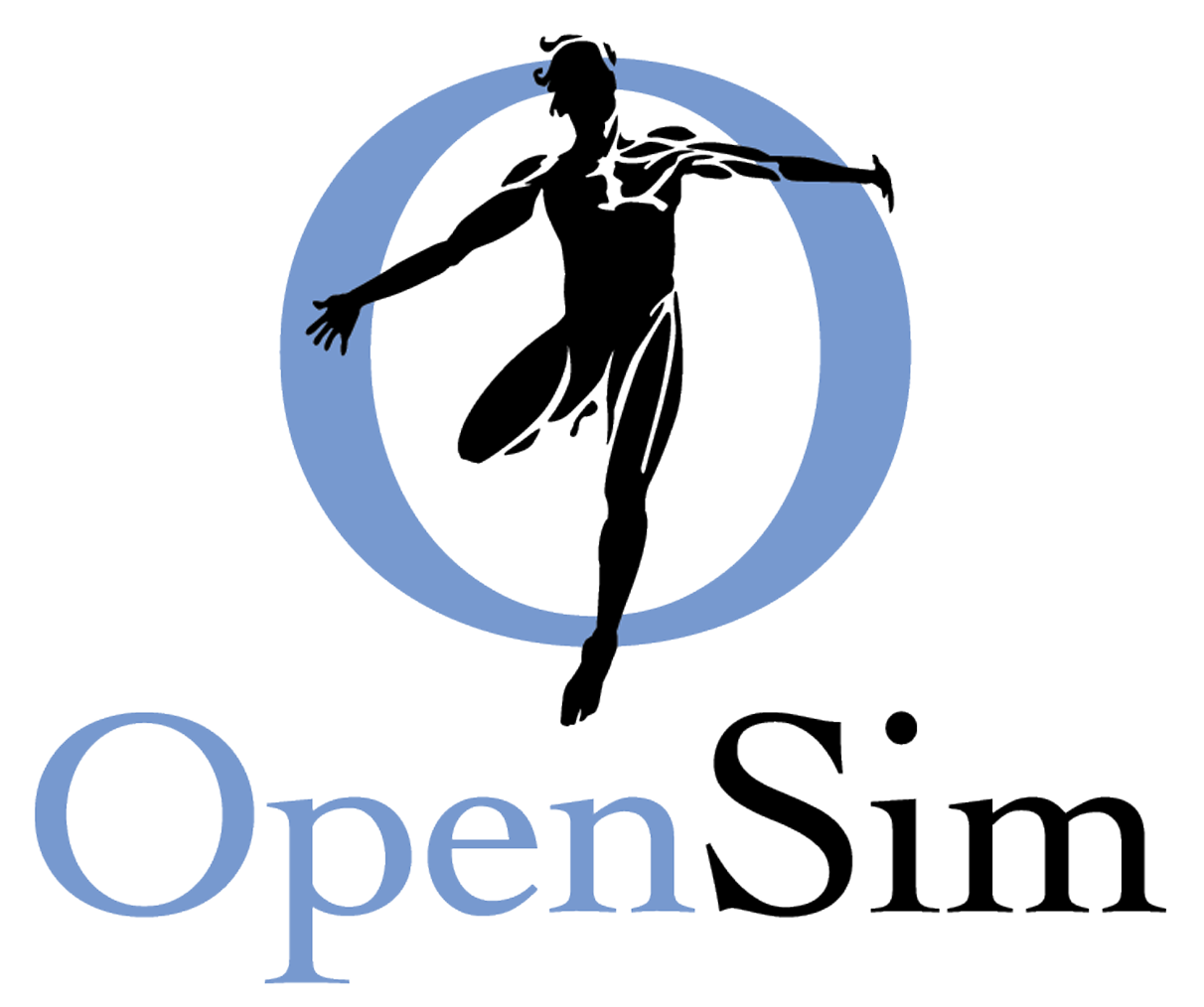

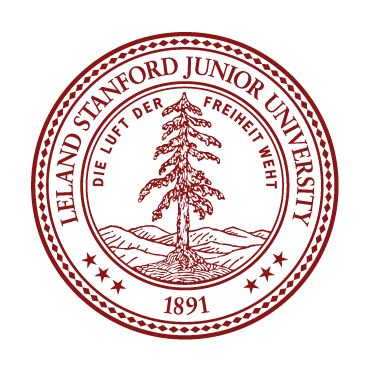


.png?version=1&modificationDate=1377029847054&cacheVersion=1&api=v2&width=75&height=8)

